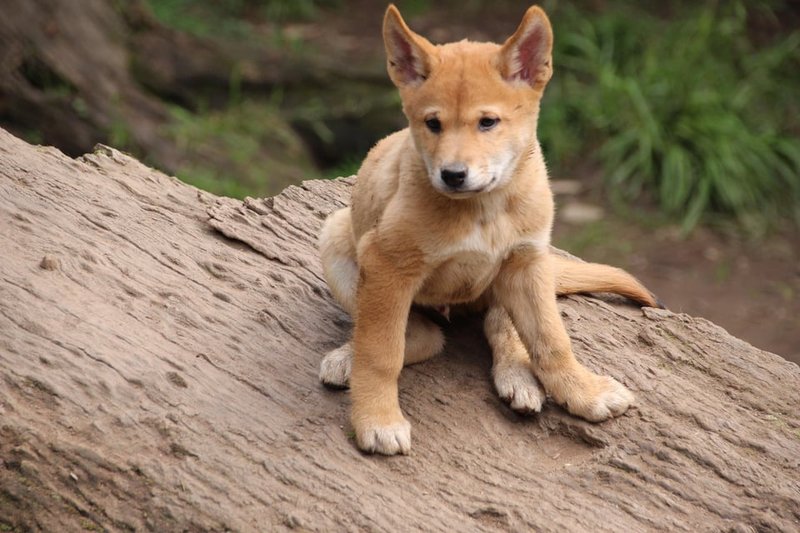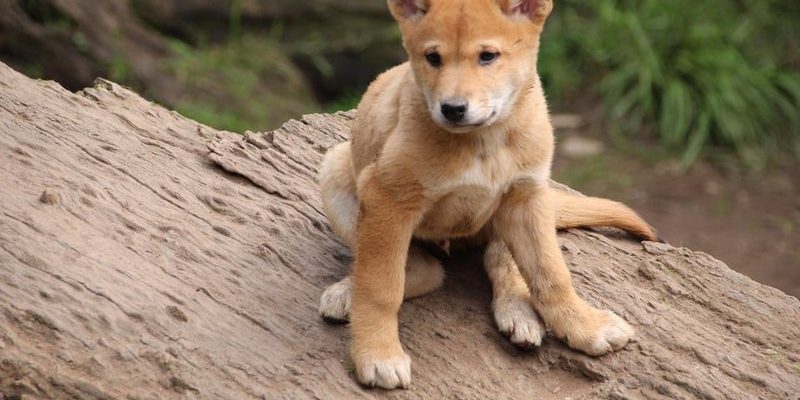
Dingos are fascinating animals, often misunderstood and unfairly labeled as aggressive. They play an important role in the ecosystem, so seeing one in its natural habitat can feel like a privilege. However, the last thing you want is to find yourself in a tricky situation when you spot one. So, let’s delve into what you should do if you see a dingo while you’re out exploring.
Understanding the Dingo: A Brief Overview
Before we talk about what to do during an encounter, it helps to understand what a dingo actually is. Dingoes are wild dogs native to Australia, and they share some characteristics with regular domestic dogs. They have a lean build, pointed ears, and typically a sandy or reddish coat. You might think of them as the outback’s version of a coyote. They are incredibly adaptable and can thrive in various environments, from deserts to forests.
Dingos are primarily scavengers and hunters. They often hunt in packs, targeting animals like kangaroos and wallabies, but they can also be found rummaging through garbage in campgrounds. This behavior might make them seem a bit cheeky, but they’re simply following their instincts. Just remember: while they can appear friendly or curious, they are still wild animals.
So, what does this mean for you? Understanding their nature helps you gauge how to respond during an encounter.
Stay Calm: The First Step in an Encounter
Honestly, if you see a dingo, the first thing you should do is stay calm. Picture this: you’re out in the crisp air, admiring the beauty of nature, and suddenly, a dingo appears. Your heart might race a bit, but panicking won’t help you or the dingo. Take a deep breath and assess the situation. Are they close? Are they watching you?
Here’s the thing—most of the time, dingoes are as curious about you as you are about them. They might be observing you from a distance, trying to figure out if you pose a threat. By staying calm and composed, you’ll have a better chance of handling the situation wisely.
If a dingo approaches you, don’t run. Running can trigger their chase instincts, similar to a domesticated dog. Instead, take a few steps back if it gets too close and maintain eye contact. This approach shows the dingo that you’re not a threat—just another nearby creature.
Make Yourself Large and Loud
If the dingo starts coming closer than you feel comfortable with, it’s time to make yourself appear larger and more intimidating. As funny as it sounds, animals like dingoes often communicate through body language, just like humans do. Here’s how you can “talk” to the dingo without saying a word:
- Stand up tall, spreading your arms and legs a bit. This makes you look bigger.
- Use your voice—shout, clap your hands, or bang on something nearby. Make noise to assert your presence.
- Wave something like a backpack or jacket to signal that you’re not to be messed with.
By doing these things, you’re showing the dingo that you’re not just a harmless wanderer but someone they should respect. Sometimes, they may back off just because you stood your ground firmly.
Assessing the Situation: Is the Dingo Alone or with Others?
While one dingo can be manageable, it’s essential to assess whether it’s alone or part of a pack. Dingoes are social animals and often hunt in groups. If you see just one dingo, your approach might differ from if you spot several.
If it’s a lone dingo, it may be more curious than aggressive. But if you encounter a pack, your focus should be on creating distance. Here’s a tip: always keep children and pets close to you. Packs can behave unpredictably, especially if they feel threatened or protective of their territory.
So, what should you do if you notice a group? Look for an escape route and maintain your composure. Walk away slowly, keeping a watchful eye on them, but don’t turn your back. It’s essential to avoid any sudden movements that could provoke them.
Do Not Feed or Approach the Dingo
You might think that feeding a dingo could help it trust you, but that’s a dangerous mindset. Never feed or approach a dingo. While it seems harmless, feeding can cause dingoes to associate humans with food, creating a much bigger problem—especially in populated areas.
Dingoes are wild animals, and treating them like pets can alter their natural behaviors. This can lead to them becoming dependent on humans for food or—worse—aggressive if they feel entitled to your snacks.
Remember that wild animals thrive on independence. Enjoy watching them from a distance, but keep your food to yourself. This simple step helps protect both you and the dingo.
Making a Safe Exit
If you feel uneasy or the dingo doesn’t seem to be leaving you alone, it’s time to make a safe exit. The key here is to keep moving at a steady pace without making any sudden actions. Think of it like leaving a party where you’re not sure you belong—you want to exit gracefully.
While moving away, keep talking loudly to assert your presence. You might say things like, “Just passing through!” or “No harm here!”—it might sound silly, but it reinforces that you’re a friendly visitor and not a threat.
Use your surroundings to your advantage, like moving towards a group of people or a car. A safe exit can help de-escalate the situation, leaving you with the memory of a cool encounter rather than a frightening escapade.
Understanding Dingo Behavior: What Is Normal?
Finally, getting familiar with typical dingo behaviors can help you react better in future encounters. Dingoes are naturally curious and often behave with caution around humans. They might sniff or circle you, sizing you up before deciding what to do next.
Here’s a little insight into their typical actions:
- If they keep their distance and observe, they likely see you as something intriguing, not threatening.
- If they start teasing or barking, they might be showing interest or playfulness—this doesn’t necessarily mean aggression.
- Feeding from human scraps can lead to more daring behaviors, making them look for interactions.
Each encounter can be different, but knowing these behavioral cues can guide your reactions.
Wrapping It Up: Respecting Nature and Wildlife
Encountering a dingo in the wild can be a memorable experience—if handled correctly. Always keep in mind that these animals, while captivating, are wild and deserve respect. By staying calm, making yourself appear larger, and keeping your distance, you can enjoy the beauty of the Australian wildlife without putting yourself or the dingo in harm’s way.
Next time you’re out exploring, take a moment to appreciate the wildlife around you. Just remember: you’re a guest in their world, and a little knowledge goes a long way in ensuring a safe and respectful encounter. Happy exploring!

